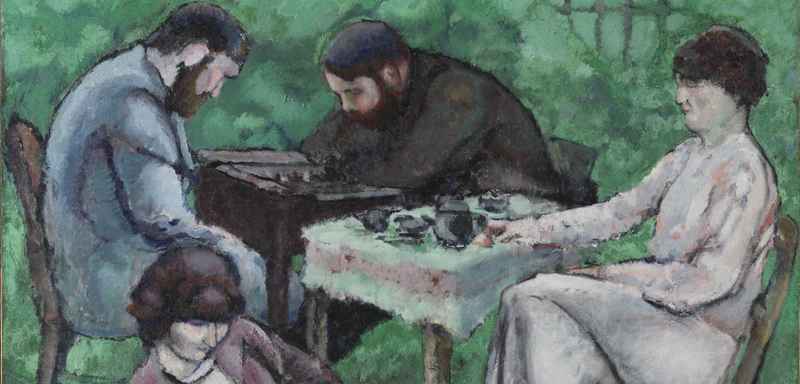Henri-Robert-Marcel Duchamp was a French painter, sculptor, chess player, and writer whose work is associated with Cubism, Dada, and conceptual art. Duchamp is commonly regarded, along with Pablo Picasso and Henri Matisse, as one of the three artists who helped to define the revolutionary developments in the plastic arts in the opening decades of the 20th century, responsible for significant developments in painting and sculpture.
Duchamp has had an immense impact on twentieth-century and twenty first-century art, and he had a seminal influence on the development of conceptual art. By the time of World War I he had rejected the work of many of his fellow artists (such as Henri Matisse) as “retinal” art, intended only to please the eye. Instead, Duchamp wanted to use art to serve the mind.
Early life and education
Marcel Duchamp was born at Blainville-Crevon in Normandy, France, to Eugène Duchamp and Lucie Duchamp (formerly Lucie Nicolle) and grew up in a family that enjoyed cultural activities. The art of painter and engraver Émile Frédéric Nicolle, his maternal grandfather, filled the house, and the family liked to play chess, read books, paint, and make music together.
Of Eugene and Lucie Duchamp’s seven children, one died as an infant and four became successful artists. Marcel Duchamp was the brother of:

View Marcel Duchamp Paintings and Sculpture
source:
Wikipedia
artsandculture